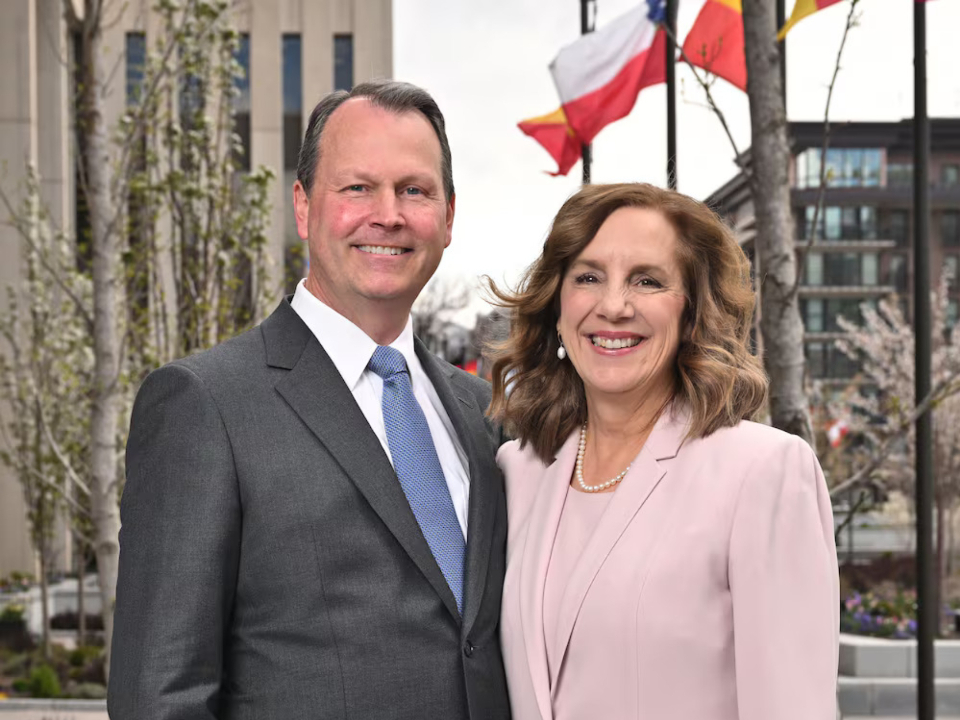
elder-strong-bio-1.jpg
Elder Michael B. Strong, a new General Authority Seventy, and his wife, Sister Cristin Strong, pose for a photo at Temple Square in Salt Lake City on Monday, April 8, 2024. Photo by Scott G Winterton, courtesy of Church News.Copyright 2024 Deseret News Publishing Company.This story appears here courtesy of TheChurchNews.com. It is not for use by other media.
By Christine Rappleye, Church News
Elder Michael B. Strong found that when he has encountered problems — including those in his family, serving in the Church or in his profession in the medical field — and he has made it a matter of prayer, he has been guided to solutions.
“I could just feel Him giving me ideas and making solutions become apparent to me that I would have otherwise not seen,” Elder Strong said. “I have come to realize that the Lord truly cares about us.”
At the time of his sustaining as a General Authority Seventy of The Church of Jesus Christ of Latter-day Saints during the April 2024 general conference, Elder Strong was serving as a member of the 12th Quorum of the Seventy, in the Utah Area.
Elder Strong said he and his wife, Cristin, learned early in their marriage that “there is a difference between being active in the Church and being active in the gospel of Jesus Christ. They are not the same.”
In developing Christlike qualities, his grandfather would list the attributes on index cards and focus on one a month. Elder Strong has followed that example.
“Discipleship is deliberate,” he said.
Foundations of Faith
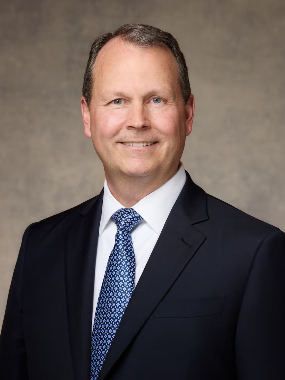
elder-strong-bio-2.jpg
Elder Michael B. Strong2024 by Intellectual Reserve, Inc. All rights reserved.Both Elder and Sister Strong grew up in families that were active in the Church and the gospel of Jesus Christ.
“Both my parents have deep faith,” Elder Strong said of his parents, A. Brent and Margaret Strong, adding, “The gospel was a frequent topic at our dinner table conversations.”
Elder Strong is the oldest of eight children and spent most of his childhood in El Cajon, California. His family moved back to Utah and his father, a chemist specializing in plastics, became a professor at Brigham Young University for the last 29 years of his career. During Brent Strong’s time at BYU, he developed a general education course called the History of Creativity.
Sister Strong, also the oldest of eight children, grew up in Bountiful, Utah. She said her parents, J. Richard and Cheryl Rutledge Connelly, would make sure the family would get up early and read the scriptures together as a family, also had home evening together and attended church regularly.
“All of the wonderful things that just gave me a really strong foundation,” she said.
Elder and Sister Strong were baptized as children at 8 years old. When asked about gaining a testimony, both referenced when Elder David A. Bednar of the Quorum of the Twelve Apostles spoke about receiving revelation and, in one example, compared how light can slowly and steadily over time grow stronger, like with a sunrise (see “The Spirit of Revelation,” April 2011 general conference).
Elder Strong said the gospel is something he’s always known to be true. “I’ve always just felt that it was right,” he said.
He pointed to the example of revelation like “rays of light,” from the talk given by Elder Alexander Dushku during the April 2024 general conference.
“Through my whole life I feel like I’ve received individual rays of light and my testimony has grown and become stronger and stronger over time, in almost imperceptible ways,” Elder Strong said. In looking back at the experiences of his life, he sees how the Lord has helped guide his life.
“So it was these gradual sunrises or rays-of-light kind of experiences punctuated by some deeply profound experience that, in aggregate, have formed my testimony,” he said.
Sister Strong said of her testimony, “I felt like it has just always been there, and it just gradually grew brighter and brighter.
“I think about different experiences in my life that were very faith-promoting, where I knew that God was real and that He was there and that He loved me and that He loved my family and that He had a plan for us,” she said.
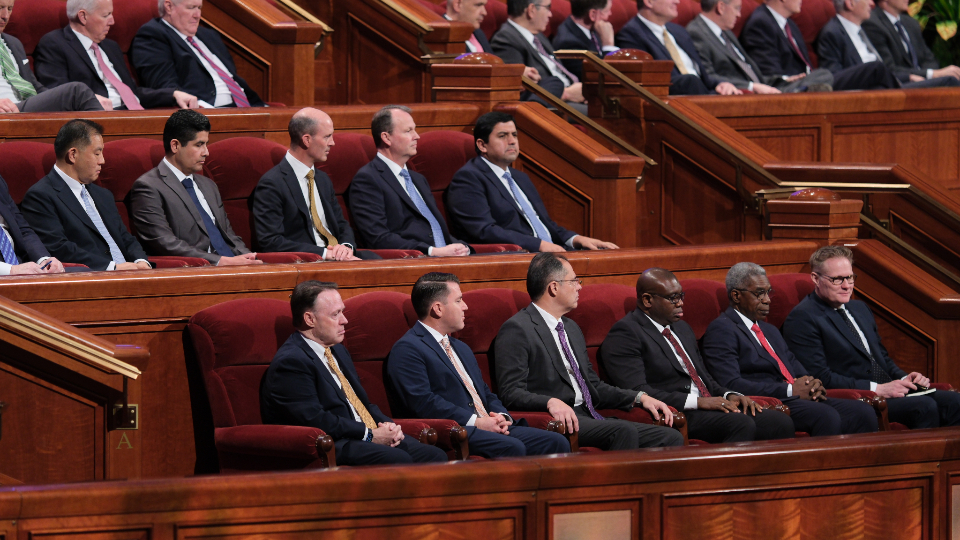
new-ga-seventy-bios-1.jfif
The 11 newly sustained General Authority Seventies sit on the stand during the Saturday morning session of the 194th Annual General Conference of The Church of Jesus Christ of Latter-day Saints on April 6, 2024.2024 by Intellectual Reserve, Inc. All rights reserved.Mission and Family
Elder and Sister Strong both served as full-time missionaries in the Bolivia Cochabamba Mission. They never served in the same city, Sister Strong said. Their paths initially crossed when he was serving in the mission office and she needed to get some materials.
In Elder Strong’s first area, in La Paz, he was in Altiplano Plateau, about 14,000 feet above sea level. He and his trainer, Elder David Chipman, met a woman named Maria Chura, who had a little baby she was raising by herself and was one of many women who sold vegetables in the market.
“I’ll never forget Sister Chura praying that the Lord would bless the poor people of the world,” he said. And the way she said it, she wasn’t including herself, he explained.
“She had so much light, and I saw how the gospel illuminated and blessed her life,” he said of Chura. “That was one of those experiences where I just saw heaven open and bless someone, and having a front-row seat to watch that happen was a beautiful thing.”
The Strongs later ran into each other at a mission reunion, and a mutual friend from their mission set them up for a date, she said.
Elder Strong said one of the powerful spiritual experiences he’s had was on their first date. “I knew I should continue to pursue this beautiful woman, whom I love.”
They married as students at BYU — he was pursuing a degree in microbiology with plans to go to medical school, and she was getting an elementary education degree.
She took her last final for her last class before graduation, and their oldest son was born the next day, Elder Strong said. He was already in the Houston, Texas, area to start medical school at the Baylor College of Medicine as she stayed with her parents to finish her degree.
Their time in Houston was “very strengthening and uniting” for them as a couple. A second son was born in Houston, and four children were born after they moved back to Utah.
As he and Sister Strong, who live in Centerville, Utah, have raised their family, they’ve been deliberate in how the gospel is incorporated into their lives.
“We have tried to make it so the gospel is just woven into the fabric of our lives,” Elder Strong said. “It is who we are.”
It was important for them to have family dinner together. But between Elder Strong’s work and Church calling schedule and activities, dinner wasn’t at 5 p.m. Some days, it was as late as 9 p.m.
It’s because of the “conversations that would take place in that casual time when you’re together,” and that’s where the Strongs would reinforce gospel principles.
“That’s where I learned the gospel,” he said of family dinners growing up.
Sister Strong added: “There’s so much conversation that takes place and unity that’s created when you sit down together as a family.”
Pioneering Medical Career
Elder Strong knew from a young age that he wanted to be a doctor. “I had a love for the biological sciences and chemistry, and it just made sense to me.”
In medical school at Baylor, he initially pursued being a surgeon. Then he was introduced to internal medicine, which is the nonsurgical treatment of adults, and changed his mind. He applied for residency programs and did his residency at the University of Utah in the mid-1990s.
As Elder Strong was completing his residency, he was asked to stay as the chief resident for a year, which allowed him to do a lot of teaching.
“I had a love of teaching, and I knew that my goal was ultimately to try and become a member of the faculty at the university,” he said.
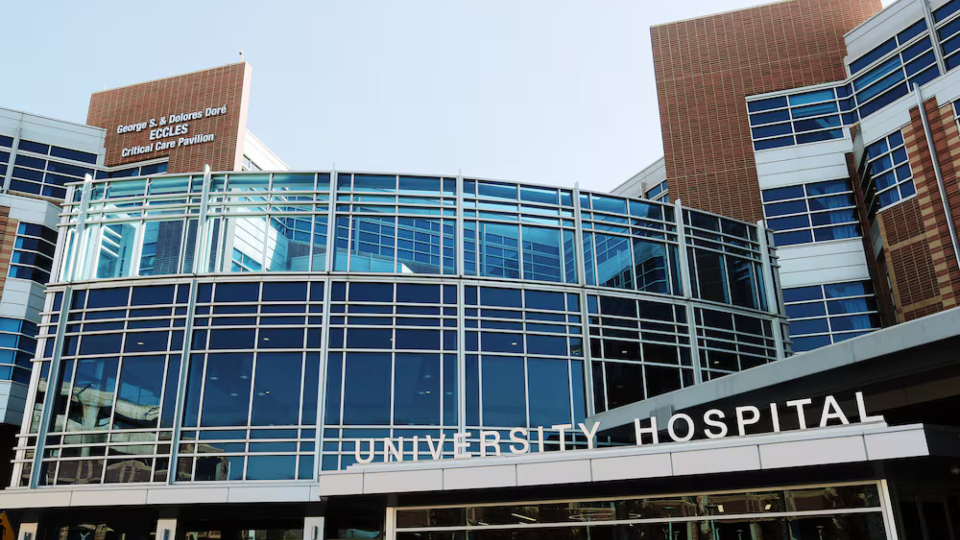
elder-strong-bio-4.jpg
University of Utah Hospital in Salt Lake City on Friday, November 1, 2019. Photo by Scott G Winterton, courtesy of Church News.Copyright 2024 Deseret News Publishing Company.He was involved in starting both the hospitalist program and joined the faculty and, later, the effort to digitize medical records. He was the hospital’s first chief medical information officer, including helping to oversee the IT department. He also took a sabbatical to get his certification in biomedical informatics.
“I loved it. I never imagined that I would, but I loved it,” he said of working with various groups as they moved electronic records. He still split time as a hospitalist.
As he prayed personally in making decisions at the hospital, whether with the IT systems or his patients, he “felt that present, ever-guiding influence” in his life.
After Elder and Sister Strong served as mission leaders in Peru, he returned to being a hospitalist. The person who filled the chief medical information officer resigned about six weeks after their release, and Elder Strong was offered his previous position back.
He’s had to tell them he’s leaving again due to his call as a General Authority Seventy. Elder Strong has been assigned to serve as the Second Counselor in the Philippines Area Presidency starting August 1.
Mission Leaders in Lima, Peru, During the Pandemic Onset
Elder and Sister Strong were serving in the Perú Lima Central Mission when COVID-19 pandemic restrictions began. They saw half of their missionaries return to their home countries in North America on the same day, and then, country by country, others would return home, sometimes with just a few hours’ notice.
“Then the beautiful thing was they started bringing back all the Peruvians who were serving in other countries and our mission just filled up again with these wonderful missionaries,” Sister Strong said of the missionaries who arrived from three dozen other missions.
They worked to find housing for them and any supplies they needed and to move forward with doing missionary work from their apartments. Their mission eventually got smartphones, and “that changed the work completely,” she said. Then the missionaries could teach via videoconferencing, show videos and invite others to join, too.
“And it was just amazing to watch how the Lord had prepared the technology so that they could do that. And the spirit that filled the mission was just incredible,” she said.
Elder Strong said the best way they’ve been able to summarize their missionary service is “it was the hardest privilege we’ve ever had. And we would do it again.”
One of their sons was serving in the Perú Lima South Mission and had five months left when missionaries began returning to their home countries, and missionaries were being released if they had less than six months left. Their other children have served missions in Chile; Peru; Washington D.C. South; Columbus, Ohio; and two different missions in Ghana.
“The greatest desire that we have is for our children, first of all, and then our missionary sons and daughters, is their identity, as President [Russell M.] Nelson taught, is, ‘I am a child of God. I am a child of the covenant. I am a disciple of the Lord Jesus Christ,’” Elder Strong said. “And that is when they look in the mirror, that’s what they see because that’s who they are.”
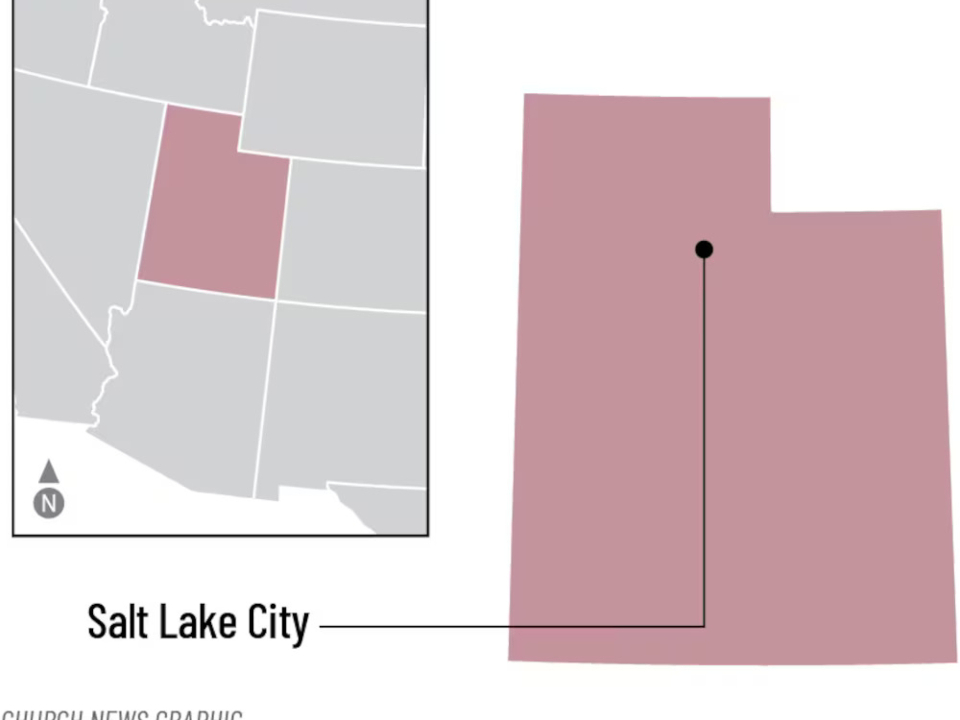
elder-strong-bio-5.jpg
Elder Michael B. Strong, who was sustained as a General Authority Seventy at the April 2024 general conference, was born in Salt Lake City. Graphic courtesy of Church News.Copyright 2024 Deseret News Publishing Company.Elder Michael Brent Strong
Family: Born August 6, 1965, in Salt Lake City to A. Brent and Margaret McKean Strong. Married Cristin Connelly on August 22, 1987, in the Salt Lake Temple; they are the parents of six children.
Education: Bachelor of Science degree in microbiology and a minor in chemistry from Brigham Young University in 1989; medical degree from Baylor College of Medicine in 1993.
Employment: Physician, hospitalist and chief medical information officer for the University of Utah.
Church service: Area Seventy, president of the Perú Lima Central Mission, stake president, bishop, bishopric counselor and full-time missionary in the Bolivia Cochabamba Mission.
Copyright 2024 Deseret News Publishing Company.